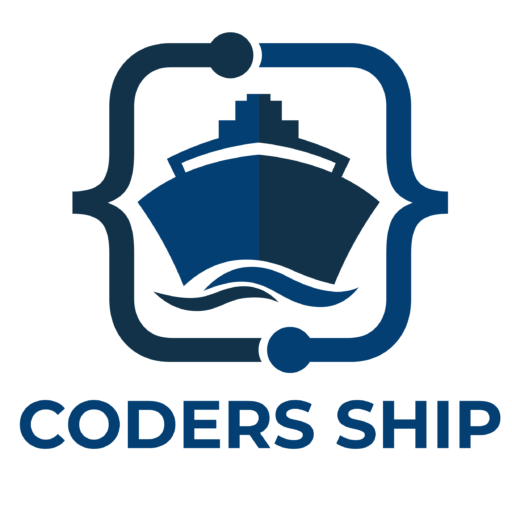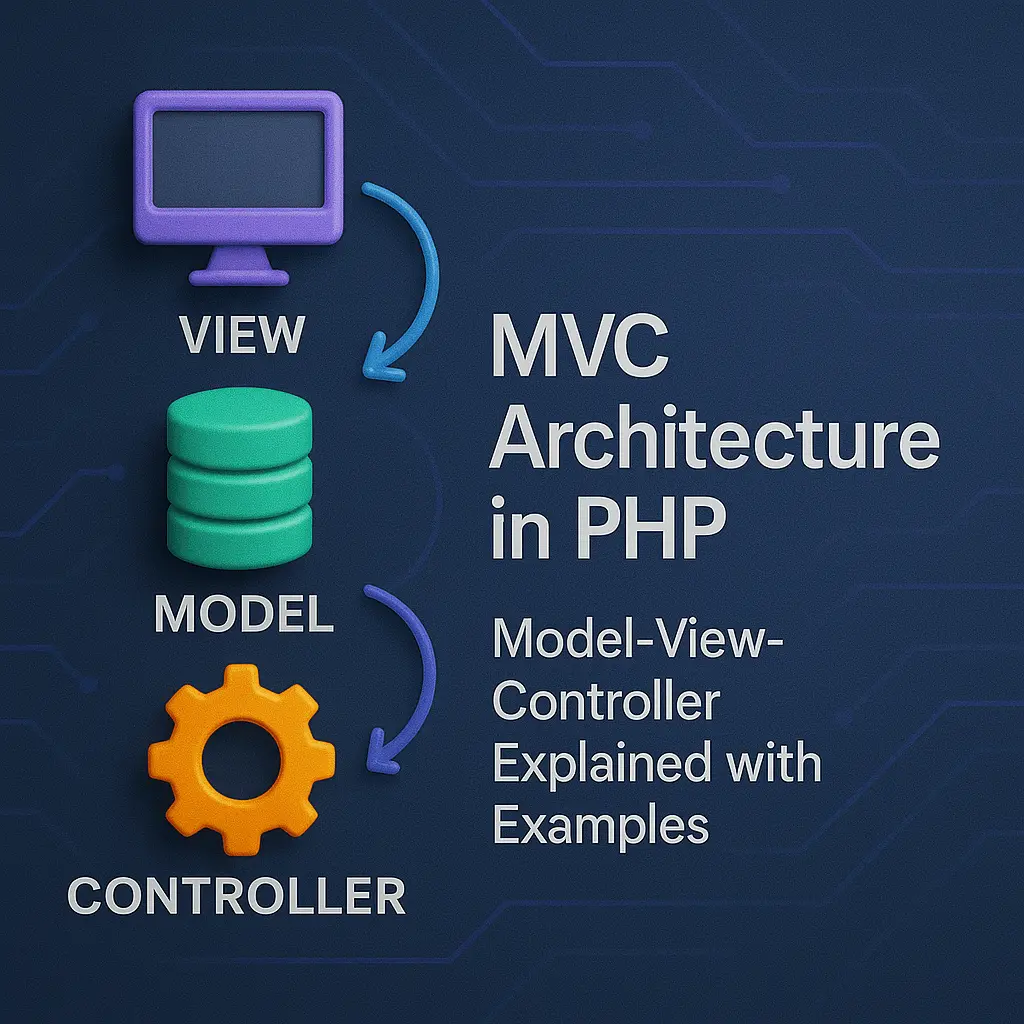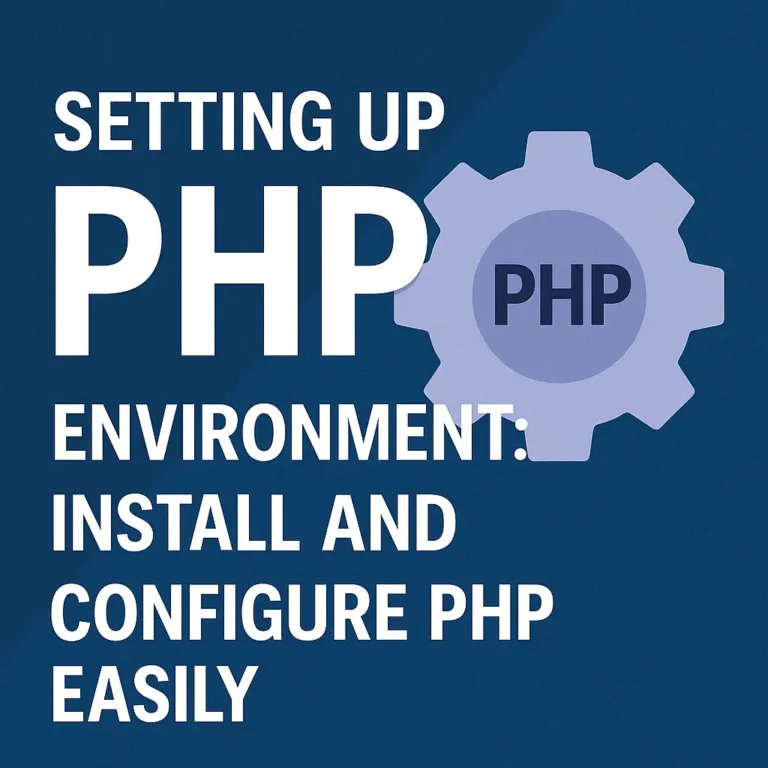In this guide, we’ll delve into the fundamentals of MVC and demonstrate how to implement it in PHP.
Understanding MVC Architecture
MVC is a software design pattern that separates an application into three main components:
Model:The model represents the application’s data and business logic. It interacts with the database, performs data manipulation, and responds to queries from the controller.
View: The view is responsible for presenting data to the user in a user-friendly format. It renders HTML templates, displays data retrieved from the model, and handles user input.
Controller: The controller acts as an intermediary between the model and the view. It receives user requests, interacts with the model to retrieve data or perform actions, and determines which view to render based on the requested action.
Implementing MVC in PHP
To illustrate how MVC works in PHP, let’s create a simple example of a user management system. We’ll organize our code into separate directories for models, views, and controllers.
1. Model (user_model.php)
<?php
class UserModel {
public function getUsers() {
// Logic to fetch users from the database
return [...]; // Sample user data
}
// Additional methods for CRUD operations on users
}
?>
2. View (user_view.php)
<!DOCTYPE html>
<html>
<head>
<title>User Management System</title>
</head>
<body>
<h1>User List</h1>
<ul>
<?php foreach ($users as $user): ?>
<li><?= $user['username'] ?></li>
<?php endforeach; ?>
</ul>
<script>var rocket_lcp_data = {"ajax_url":"https:\/\/codersship.com\/wp-admin\/admin-ajax.php","nonce":"d59ff2b4be","url":"https:\/\/codersship.com\/php\/mvc-architecture","is_mobile":false,"elements":"img, video, picture, p, main, div, li, svg","width_threshold":1600,"height_threshold":700,"debug":null}</script><script data-name="wpr-lcp-beacon" src='https://codersship.com/wp-content/plugins/wp-rocket/assets/js/lcp-beacon.min.js' async></script></body>
</html>
3. Controller (user_controller.php)
<?php
require_once 'user_model.php';
class UserController {
public function getUsers() {
$userModel = new UserModel();
$users = $userModel->getUsers();
include 'user_view.php';
}
// Additional methods for handling user actions
}
// Usage example:
$userController = new UserController();
$userController->getUsers();
?>
In this example, the UserModel class contains methods for interacting with user data, such as retrieving users from the database. The UserView template renders the HTML markup for displaying user data. Finally, the UserController class acts as the controller, orchestrating the flow of data between the model and the view.
Advantages of PHP MVC Architecture
Implementing MVC in PHP offers several benefits:
Separation of Concerns: MVC promotes a clear separation between the presentation layer (view), business logic (model), and application flow (controller), making code easier to understand and maintain.
Code Reusability: By encapsulating business logic in the model and UI logic in the view, components can be reused across different parts of the application or even in other projects.
Scalability: MVC facilitates the addition of new features or modifications to existing functionality without affecting other parts of the application, making it easier to scale and evolve over time.
Testing: Each component of MVC can be tested independently, allowing for more comprehensive unit testing and easier debugging.
Conclusion
PHP MVC architecture provides a structured and organized approach to building web applications, enhancing code maintainability, scalability, and reusability. By understanding the principles of MVC and implementing them in PHP, developers can create robust and flexible applications that meet the demands of modern web development. Whether you’re building a small-scale website or a large-scale enterprise application, adopting MVC can streamline development and contribute to the success of your projects. Happy coding!






